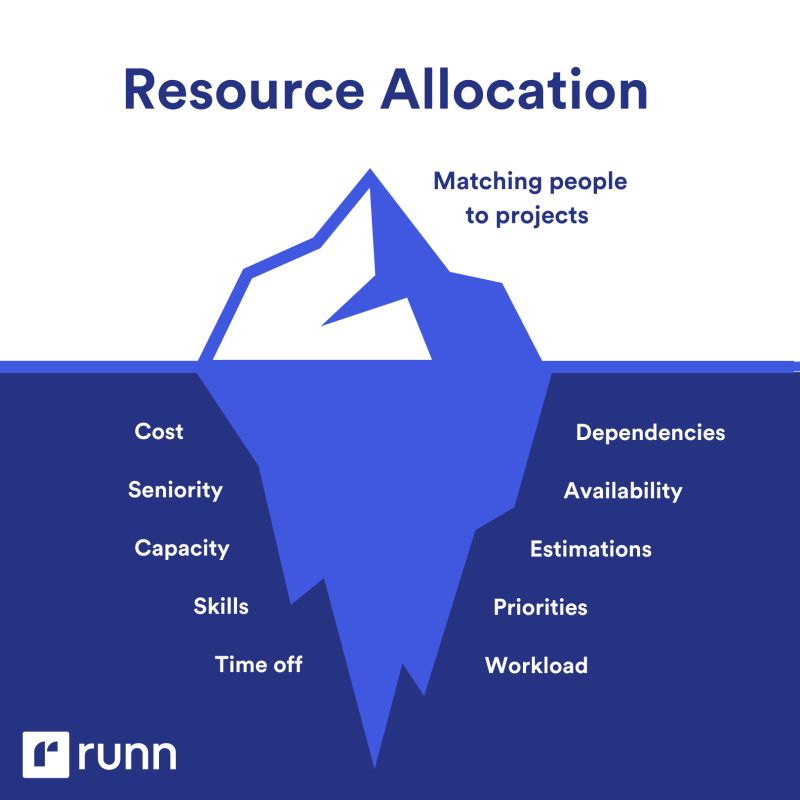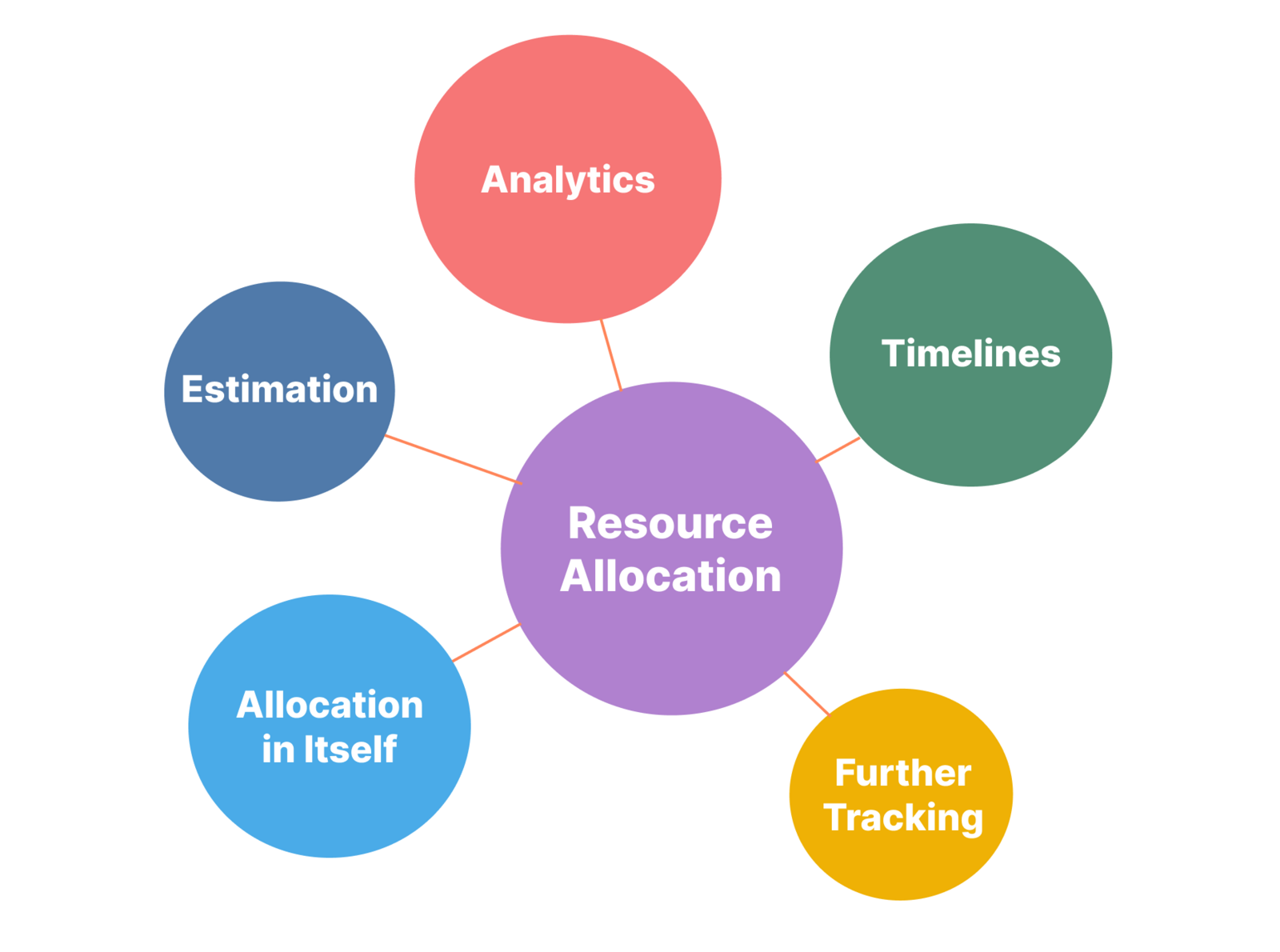Resource allocation is a fundamental concept across virtually every industry, from government and healthcare to technology and manufacturing. It’s the process of deciding how to best utilize available resources – be they financial, human, technological, or physical – to achieve desired outcomes. Effective resource allocation isn’t simply about spending money; it’s about making strategic decisions that maximize efficiency, minimize waste, and ultimately, contribute to a company’s or organization’s success. Resource allocation is a critical component of strategic planning and operational management. Without it, organizations risk inefficiency, lost opportunities, and ultimately, failure to meet their goals. This article will delve into various strategies for optimizing resource allocation, exploring best practices, and providing actionable insights for readers looking to improve their resource management capabilities.
![]()
Understanding the Core Principles

At its heart, resource allocation isn’t about simply assigning resources to tasks. It’s about understanding what resources are available, how they’re being used currently, and why those uses aren’t yielding optimal results. Several key principles underpin successful resource allocation:

- Prioritization: Not all tasks or projects are created equal. Prioritization frameworks, such as the Eisenhower Matrix (urgent/important), help organizations identify and focus on the most critical activities.
- Cost-Benefit Analysis: Every resource investment should be evaluated based on its potential return. A thorough cost-benefit analysis helps determine whether the investment is justified.
- Demand Forecasting: Accurate forecasting of future demand is crucial for effective resource allocation. Understanding anticipated needs allows organizations to proactively plan and secure the necessary resources.
- Capacity Planning: Recognizing and understanding the capacity of existing resources – both human and physical – is essential for avoiding bottlenecks and ensuring smooth operations.
Strategic Approaches to Resource Allocation
There’s no one-size-fits-all approach to resource allocation. Organizations often employ a combination of strategies tailored to their specific needs and circumstances. Here are some common approaches:

1. Budgeting and Financial Planning
Budgeting is the foundation of many resource allocation strategies. A well-defined budget allows organizations to track spending, identify areas for cost reduction, and allocate funds to the most impactful initiatives. Resource allocation within a budget requires careful consideration of projected revenues and expenses. Furthermore, contingency funds are vital to address unforeseen challenges or opportunities. Regular budget reviews and adjustments are essential to maintain financial stability and responsiveness.

2. Project Management Methodologies
Project management methodologies, such as Agile and Waterfall, provide structured frameworks for planning, executing, and monitoring projects. These methodologies emphasize clear roles and responsibilities, defined timelines, and regular communication. Resource allocation within a project is often tied to the project’s scope, timeline, and budget. Effective project management ensures that resources are deployed efficiently and effectively to achieve project goals.

3. Operational Efficiency Initiatives
Focusing on operational efficiency is a cornerstone of effective resource allocation. This involves streamlining processes, eliminating waste, and optimizing workflows. Techniques like Lean Manufacturing and Six Sigma can significantly improve resource utilization. Resource allocation should consider the impact of operational improvements on overall productivity and cost.

4. Technology Adoption and Automation
Investing in technology can dramatically improve resource allocation. Automation tools can streamline repetitive tasks, freeing up human resources for more strategic activities. Cloud computing offers scalable and cost-effective solutions for data storage and processing, enabling organizations to access resources on demand. Resource allocation should consider the potential return on investment (ROI) of technology adoption.

5. Human Resource Optimization
Human resources are often a significant component of resource allocation. This includes talent acquisition, training and development, and employee retention. Organizations should invest in attracting and retaining skilled employees who can effectively utilize available resources. Resource allocation should also consider the skills gap within the organization and the need for targeted training programs.

The Role of Data and Analytics
Modern resource allocation relies heavily on data and analytics. Organizations are increasingly using data to gain insights into resource utilization, identify bottlenecks, and predict future needs. Key data sources include:

- Sales Data: Reveals demand patterns and potential revenue opportunities.
- Operational Data: Tracks production, inventory, and service delivery.
- Financial Data: Provides insights into costs and profitability.
- Customer Data: Helps understand customer needs and preferences.
Data analytics tools, such as Business Intelligence (BI) platforms, enable organizations to visualize data, identify trends, and make data-driven decisions about resource allocation. Resource allocation becomes significantly more informed when supported by robust data analysis.
Challenges and Considerations
Despite the benefits of effective resource allocation, several challenges can arise:
- Lack of Visibility: Without proper data collection and analysis, it can be difficult to understand where resources are being spent and how they’re being utilized.
- Resistance to Change: Implementing new resource allocation strategies can be met with resistance from employees who are accustomed to existing processes.
- Dynamic Environments: The business environment is constantly changing, requiring organizations to adapt their resource allocation strategies accordingly.
- Conflicting Priorities: Different departments or stakeholders may have competing priorities, making it difficult to align resource allocation efforts.
Addressing these challenges requires strong leadership, clear communication, and a commitment to continuous improvement.
Conclusion
Effective resource allocation is a critical element of organizational success. By understanding the principles, employing strategic approaches, leveraging data and analytics, and addressing potential challenges, organizations can optimize their resource utilization, improve efficiency, and achieve their strategic goals. Resource allocation is not a static process; it requires ongoing monitoring, evaluation, and adjustment to ensure that resources are being used effectively and efficiently. Ultimately, prioritizing the right resources at the right time is the key to unlocking sustainable growth and competitive advantage. Resource allocation is an ongoing journey of optimization and refinement.